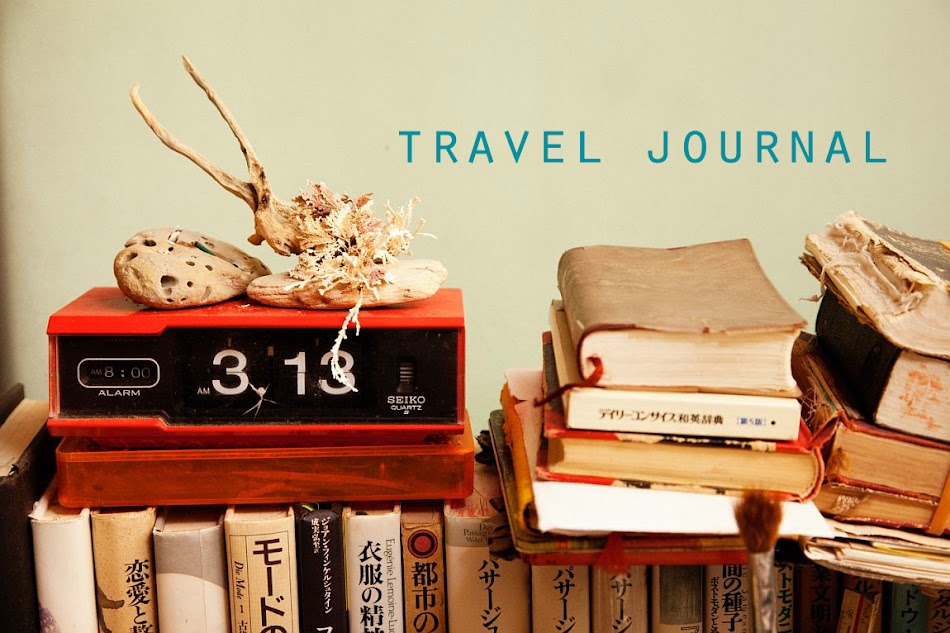Koloman Moser: Designing Modern Vienna 1897-1907 through January 12, 2014
Austrian delights abound at this small show of graphic works, furniture, decorative objects, and textiles. Even though I'm not a fan of "graphic design," these works are luscious and thought provoking.
 |
| Koloman Moser, Schwämme (Mushrooms), design no. 4003, 1899, execution: Johann Backhausen & Söhne, Vienna; wool, silk, and cotton, MAK–Austrian Museum for Applied Arts/Contemporary Art, Vienna |
Koloman Moser, Poster for Frommes Kalender, 1899, execution: Albert Berger, Vienna, colored lithograph on paper, Serge Sabarsky Collection, New York. Photo: Hulya Kolabas, New York
Antonio Berni: Juanito and Ramona through January 26, 2014
Mid-century Argentinean works from collage artist Berni. Having these around the museum completely changes the environment from solemn to playful with a human touch and a wild bit of whimsy. The installation is superior.
 |
| Antonio Berni, Las vacaciones de Juanito, 1972, acrylic, metal, rubber, fabric, and various materials on wood. © José Antonio Berni |
American Adversaries: West and Copley in a Transatlantic World through January 20, 2014
Two major artists meet with their most well known works and it's pretty exciting to see these paintings together. The exhibition itself is captivating as it evokes the era so well by including various ephemeral items such as textiles and clothing and the artists's tools. Despite my lethargic interests in eighteenth-century American art, this show, curated by Rice and UT, Austin graduate Emily Ballew Neff, totally won me over.
 John Singleton Copley, Watson and the Shark, 1778, oil on canvas, National Gallery of Art, Washington, Ferdinand Lammot Belin Fund. Image courtesy National Gallery of Art
John Singleton Copley, Watson and the Shark, 1778, oil on canvas, National Gallery of Art, Washington, Ferdinand Lammot Belin Fund. Image courtesy National Gallery of Art
Benjamin West, The Death of General Wolfe, 1779, oil on canvas, Ickworth, National Trust, Suffolk.
Image © Hamilton Kerr Institute, Fitzwilliam Museum, University of Cambridge
I especially love this watercolor painting of Sir Lever's cabinet of curiosities (Wunderkammer!) and the curatorial notes I found from the British Museum are so fascinating I had to include the whole story below. It's definitely worth a look!
 |
| Interior of Leverian Museum, London; view as it appeared in the 1780s (drawing made on the spot). Sarah Stone, c1835, Watercolour, The British Museum |
The Leverian Museum was founded by Sir Ashton Lever (1729-1788), a gentleman of substantial means whose property included both coal mines and Manchester real estate. He was also a man of many interests, of which ornithology was the overriding passion. In the 1760s and 1770s he acquired an enormous collection of birds, amongst other materials, which he displayed in the former royal palace, Leicester House. As a friend of Captain James Cook, Lever acquired exceptional Pacific ethnography, which was displayed alongside the natural history collections.
Unfortunately Lever overreached himself financially and had to dispose of his collection, by lottery, in the 1780s. Before doing so he commissioned Sarah Stone to depict the birds, ethnography and antiquities. However, this version is most likely a copy since it is dated 1835.
The British Museum, opened in 1759, permitted artists and amateurs to draw and paint objects in its collections and many private museums, like the one set up by Sir Ashton Lever in 1775, also permitted, even encouraged, drawing and painting, by providing 'Good Fires in all in the Galleries.' Sarah Stone's earliest dated drawings are of objects in the Leverian Museum painted in 1777, two years after it opened; by 1784, she had painted over a thousand.
In 1789 she married John Langdale Smith, a midshipman who shared her interest in painting and exhibited a portrait at the Royal Academy in 1791 when she exhibited paintings of birds at the Society of Artists. She contributed a view of the interior of the museum in its new location in the Rotunda to a published companion to the museum, which showed some of her framed drawings of birds, shells, flowers, etc. hanging on the entrance arch, but she painted little after her marriage, apart from live birds her husband brought back from his voyages. Following a pattern which seems to have been typical for young women who gained reputations as artists, she exhibited at the Royal Academy before her marriage as 'Miss Stone', when she was described as a 'Painter', but afterwards, as 'Mrs Smith', she was an 'Honorary Exhibitor'. There is no doubt that her watercolours, whether she was paid for them or not, served as an additional exhibit or attraction for the owners of the museum, their 'curiosity' value in being produced by a young woman perhaps underlined by her lack of skill in comparison to works produced by her male professional contemporaries.



No comments:
Post a Comment